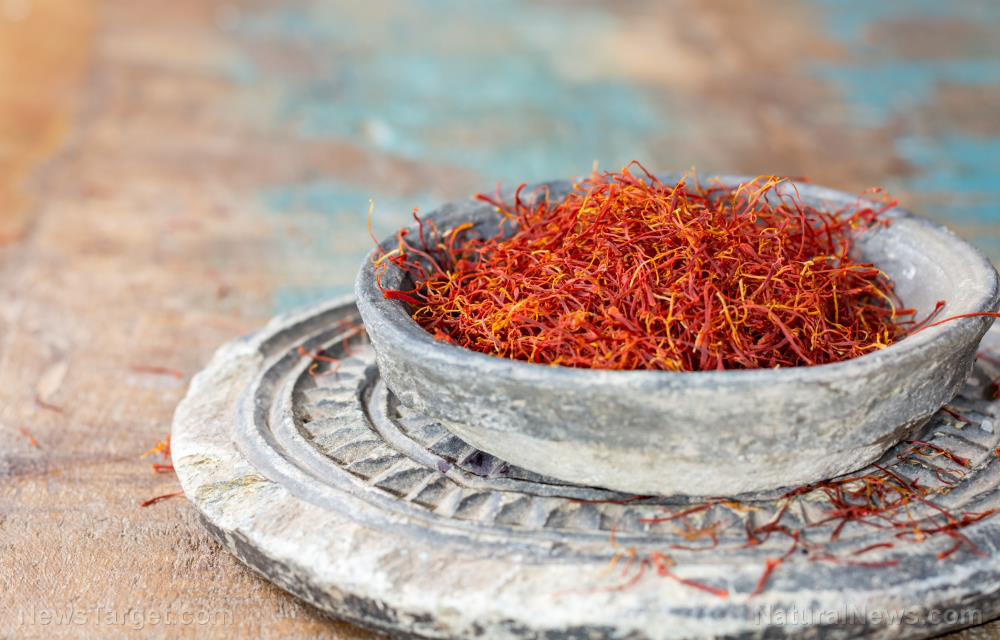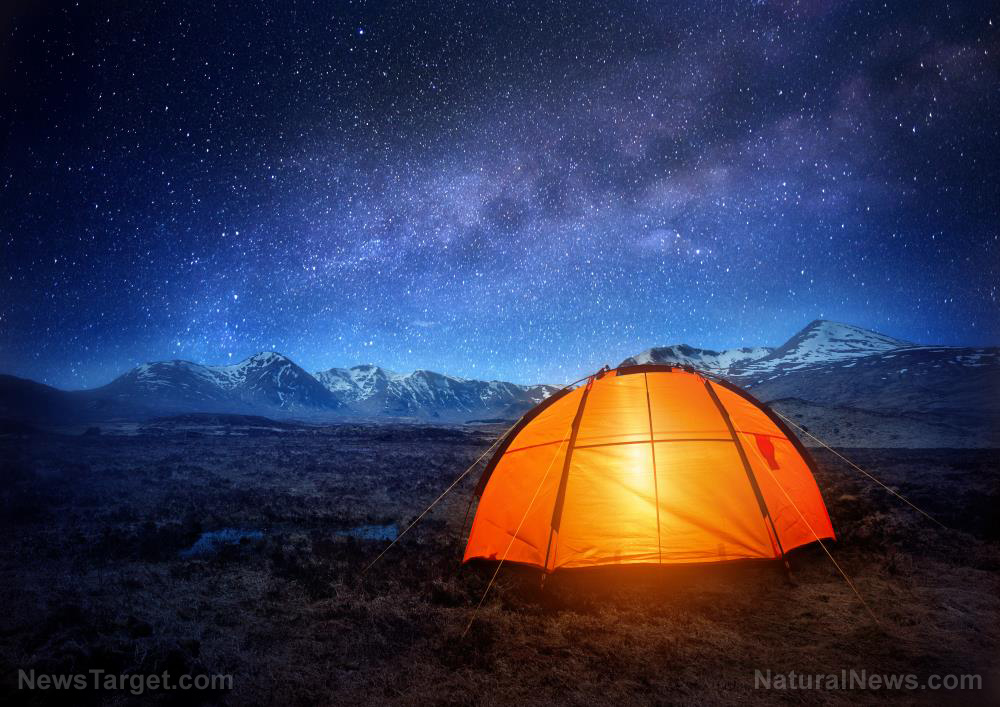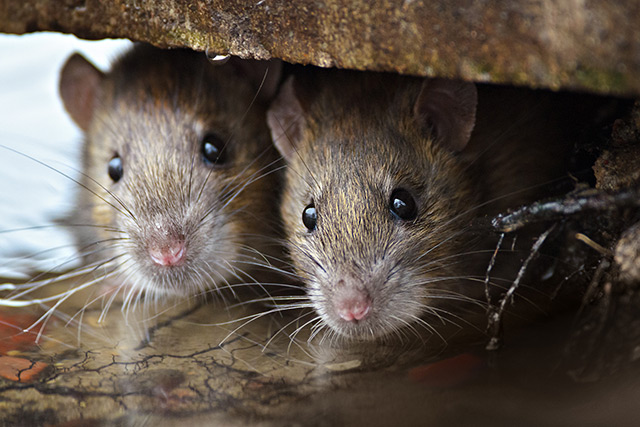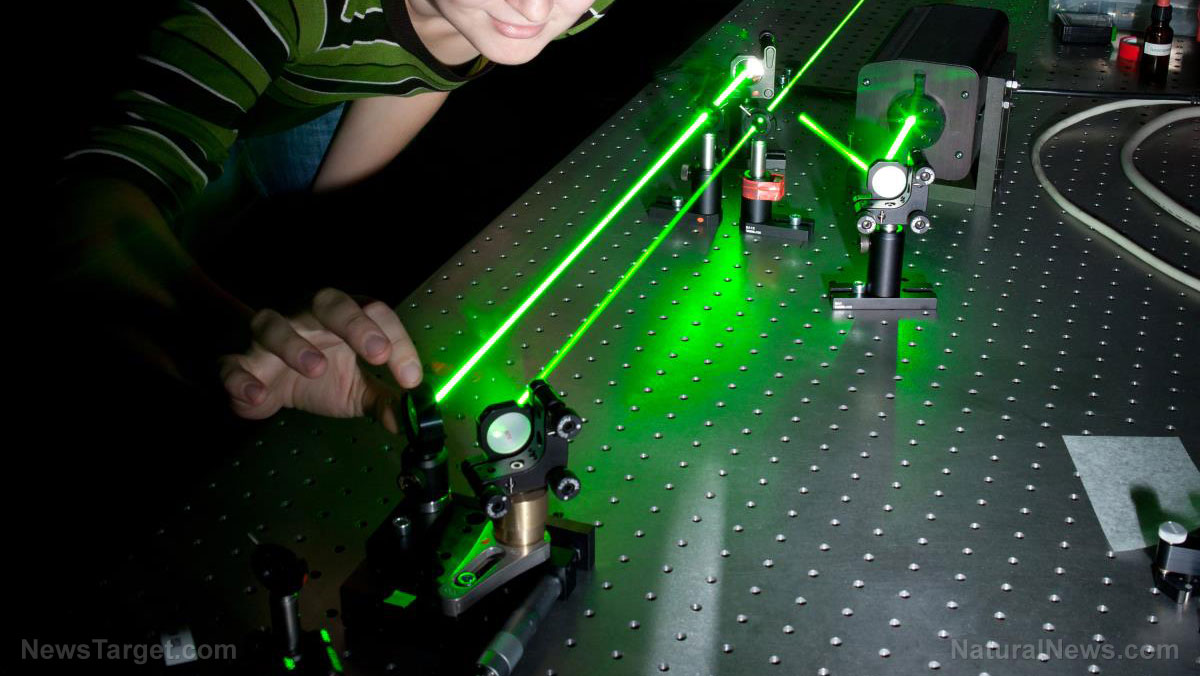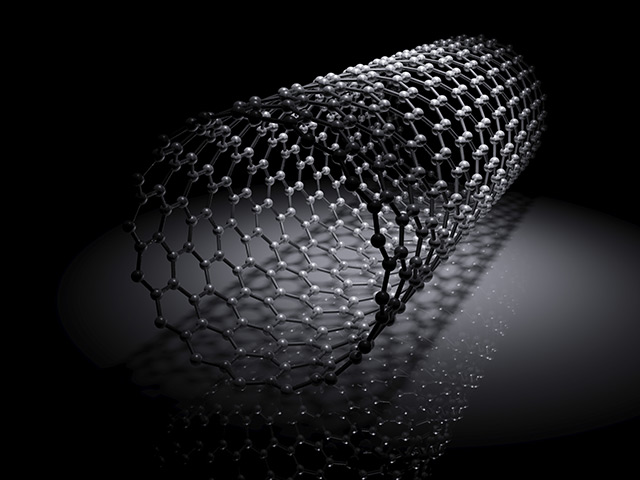Scientific investigation reveals strong link between artificial outdoor light and insomnia
06/01/2019 / By Edsel Cook
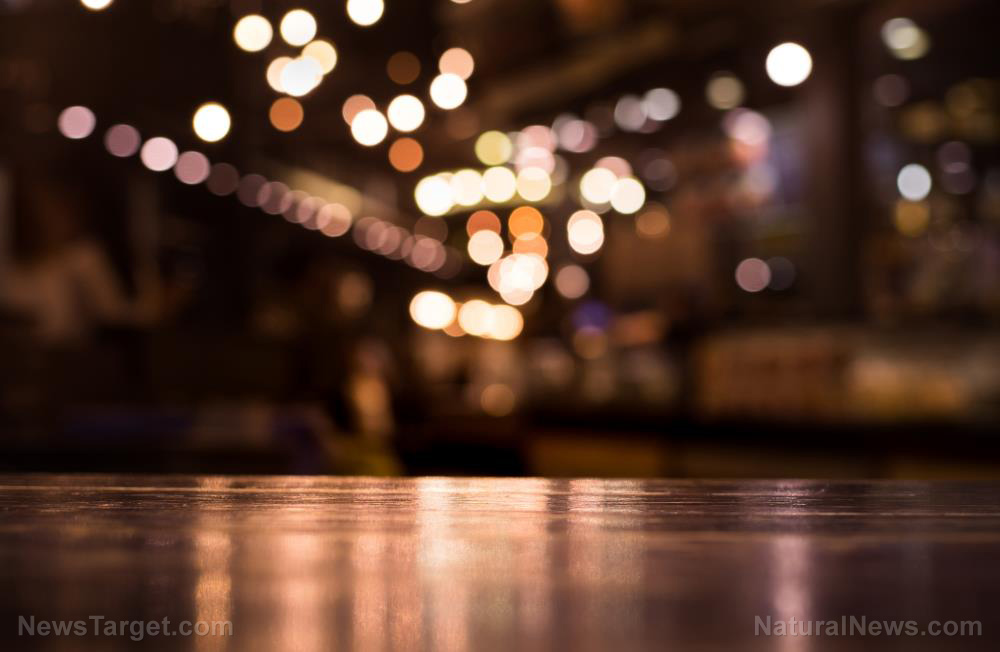
Nights are getting too bright for people to fall and stay asleep, warned South Korean researchers. They found that rising amounts of light pollution cast by artificial outdoor lighting can cause insomnia in older adults, forcing the affected people to take pharmaceutical drugs in futile attempts to improve their sleep.
Published in the Journal of Clinical Sleep Medicine, their study looked at the number of prescriptions for two hypnotic drugs in a large population. It also evaluated the amount of each pharmaceutical taken every day, as well as the duration of treatment. Finally, it measured the levels of artificial light from external sources such as street lamps and advertisement billboards.
They reported that higher levels of artificial light during nighttime corresponded with more prescriptions for hypnotic drugs and daily use of the same pharmaceuticals. Furthermore, older people proved more prone to taking either larger quantities of drugs or using them for extended periods.
“This study observed a significant association between the intensity of outdoor, artificial, nighttime lighting and the prevalence of insomnia as indicated by hypnotic agent prescriptions for older adults in South Korea,” reported Dr. Kyoung-bok Min of the prestigious Seoul National University (SNU). “Our results are supportive data that outdoor, artificial, nighttime light could be linked to sleep deprivation among those while inside the house.” (Related: Older people who take sleeping pills have double the risk of fracturing their hips.)
More people are finding it difficult to sleep due to light pollution
Insomnia is a sleep disorder wherein the patient experiences difficulties in falling asleep or staying asleep. It also encompasses the tendency of waking up earlier than necessary. The result is a shortage of sleep, which leads to various health problems.
Many environmental factors can contribute to the onset of insomnia. One of the most common factors is an excessive amount of artificial light. When external sources produce much more light during the night than is necessary, the result is “light pollution.”
Research shows that using artificial light at night can disrupt the natural rhythm of the body. It doesn’t matter if the light source is found indoors or set up outside. Exposure to too much light during a time that is supposed to be dark can lead to metabolic and chronic diseases – cancer, depression, diabetes, and obesity, among others.
Light pollution increases the use of hypnotic pharmaceutical drugs in older people
The SNU research team tapped the records of the National Health Insurance Service-National Sample Cohort (NHIS-NSC) database. They winnowed through various information collected over 11 years for potential participants who did not suffer from any sleep disorder.
Their final study cohort comprised of 52,027 people. All participants were at least 60 years old. Women made up 60 percent of the group.
Next, the researchers obtained satellite-based data on light pollution in the administrative districts of South Korea. The amount of light exposure in a district got matched up with the residential areas of participants in the cohort.
Finally, they accessed health insurance records for the usage of zolpidem and triazolam. The researchers noted that roughly 22 percent of the cohort took hypnotic drugs on prescriptions.
“Given the recent scientific evidence including our results, bright outdoor lighting may be a novel risk factor for prescribing hypnotic drugs,” warned Min. He and his team called for additional studies to define the effects of light pollution on sleep and other aspects of human health.
They also mentioned the need for governments to set concrete policies that will reduce the adverse health effects of artificial outdoor light during nighttime. Min noted that public health officials focus too much on air pollutants and other forms of environmental pollution.
Sources include:
Tagged Under: artificial light, Big Pharma, environment, hormones, hypnotic drugs, insomnia, mental health, pharmaceutical drugs, pharmaceuticals, research, sleep, sleep disorders, sleeping pills
RECENT NEWS & ARTICLES
COPYRIGHT © 2017 SCIENTIFIC NEWS

